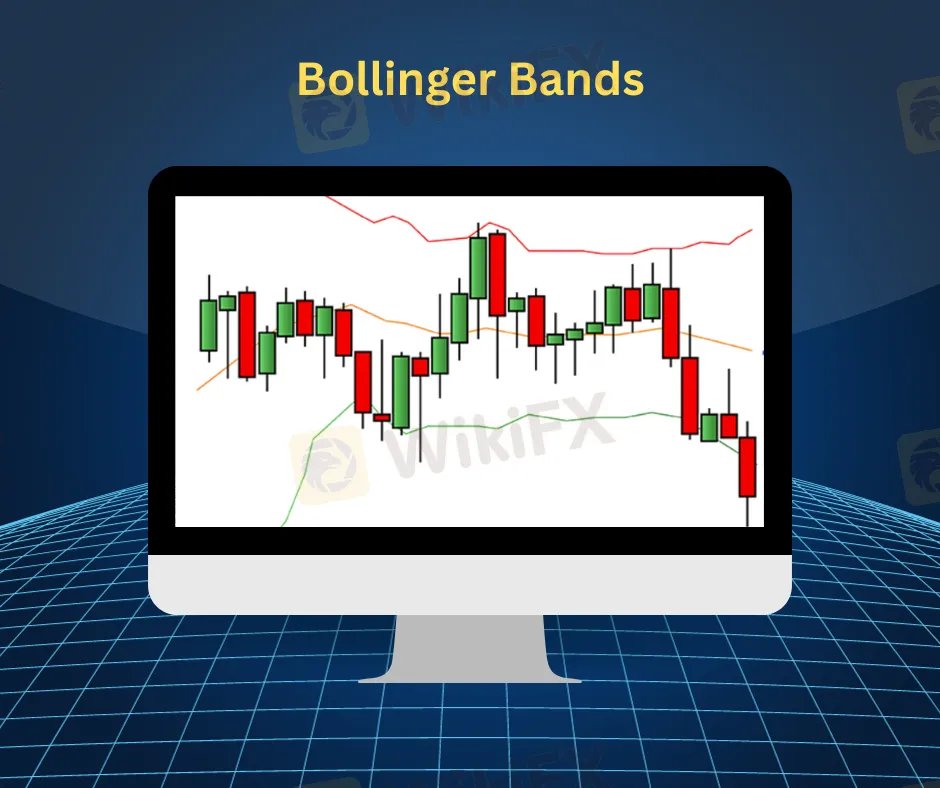简体中文
繁體中文
English
Pусский
日本語
ภาษาไทย
Tiếng Việt
Bahasa Indonesia
Español
हिन्दी
Filippiiniläinen
Français
Deutsch
Português
Türkçe
한국어
العربية
5 Useful Indicators for Traders
Abstract:Unlock the power of five key indicators that can revolutionize your trading strategy and guide your decisions in the dynamic world of finance.

In the world of trading, having the right tools at your disposal can make all the difference between success and struggle. Indicators serve as a guiding light, providing traders with valuable insights into market trends and potential price movements. Among the multitude of indicators available, here are five that stand out for their usefulness in aiding traders in making informed decisions.

A cornerstone of technical analysis, moving averages help smooth out price data over a specified period, presenting a clearer picture of the trend's direction. Traders often use the crossover of different moving averages, such as the simple moving average (SMA) and the exponential moving average (EMA), to identify potential entry and exit points.

The RSI is a momentum oscillator that measures the speed and change of price movements. It oscillates between 0 and 100 and is particularly useful in determining whether an asset is overbought or oversold. Traders use RSI to spot potential reversals or confirm the strength of a trend.

Developed by John Bollinger, these bands consist of a simple moving average and two standard deviations plotted above and below it. Bollinger Bands help traders gauge volatility and identify potential areas of support and resistance. When the price touches the upper band, it might signal overbought conditions, while touching the lower band could indicate oversold conditions.

MACD is a trend-following momentum indicator that shows the relationship between two moving averages of a security's price. Traders utilize the MACD line and signal line crossovers to identify potential shifts in momentum and trend direction.

Based on the Fibonacci sequence, this tool helps traders identify potential support and resistance levels. It uses key ratios derived from the sequence to highlight levels where the price might reverse or consolidate during a trend.
While these indicators offer valuable insights, it's crucial to emphasize that success in trading is not solely dependent on their usage. Traders must exercise caution and understand that achieving success in trading is essentially risk management. Indicators serve as a guidance tool, aiding in decision-making, but they should be complemented with a thorough understanding of market dynamics and risk assessment. Knowing when to enter or exit a trade and managing risk effectively are paramount in achieving long-term success in the financial markets.

Disclaimer:
The views in this article only represent the author's personal views, and do not constitute investment advice on this platform. This platform does not guarantee the accuracy, completeness and timeliness of the information in the article, and will not be liable for any loss caused by the use of or reliance on the information in the article.
Read more

Top 10 Trading Indicators Every Forex Trader Should Know
Master the top 10 Forex trading indicators to analyze real-time Forex quotes, trends, and market signals. Learn strategies to boost accuracy and avoid mistakes.

Geopolitical Events: What They Are & Their Impact?
You've heard many times that geopolitical events have a significant impact on the Forex market. But do you know what geopolitical events are and how they affect the FX market? Let us learn about it today.

Why Do You Feel Scared During Trade Execution?
Trade execution is a pivotal moment for traders. It is when analysis turns into action, and potential profits or losses become reality. However, for many traders, this moment is accompanied by fear. Why does this happen, and how can you address it?

WikiEXPO Global Expert Interview: Simone Martin—— Exploring Financial Regulation Change
In the midst of financial innovation and regulation, WikiGlobal, the organizer of WikiEXPO, stays abreast of industry trends and conducts a series of insightful and distinctive interviews on pivotal topics. We are delighted to have the privilege of inviting Simone Martin for an in-depth conversation this time.
WikiFX Broker
Latest News
Volkswagen agrees deal to avoid Germany plant closures
Geopolitical Events: What They Are & Their Impact?
Top 10 Trading Indicators Every Forex Trader Should Know
TradingView Launches Liquidity Analysis Tool DEX Screener
MultiBank Group Wins Big at Traders Fair Hong Kong 2024
WikiEXPO Global Expert Interview: Simone Martin—— Exploring Financial Regulation Change
'Young investors make investment decisions impulsively to keep up with current trends' FCA Reveals
Why Do You Feel Scared During Trade Execution?
CySEC Settles Compliance Case with Fxview Operator Charlgate Ltd
Malaysian Influencer Detained in Taiwan Over Alleged Role in Fraud Scheme
Currency Calculator


